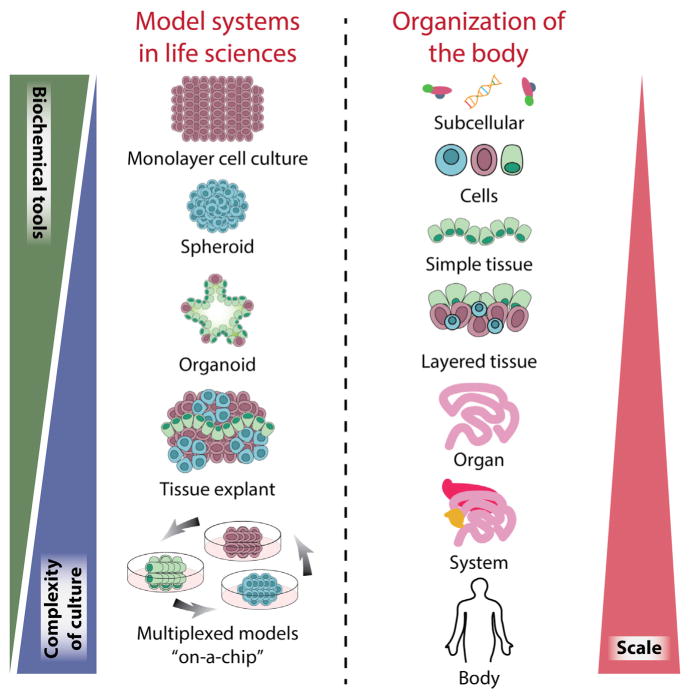Figure 1. Model Systems in the Life Sciences.
Organisms comprise a hierarchy of systems from the subcellular level to the whole body. In the life sciences, many models have been developed across this organismal hierarchy, to address specific questions across biology and medicine. Each model system possess unique attributes; in general, with increasing scale comes increasing system complexity and challenges in cell culture and the reduced availability of biochemical and quantitative tools, which can limit study insights. Organoid models provide a unique opportunity to incorporate moderate system complexity while still affording many tools for probing structure and function. When compared to tissue explants, organoid systems can mimic similar cell-cell and cell-matrix interactions while maintaining the ability for long-term cultures thanks to maintained signaling cues important for survival.

